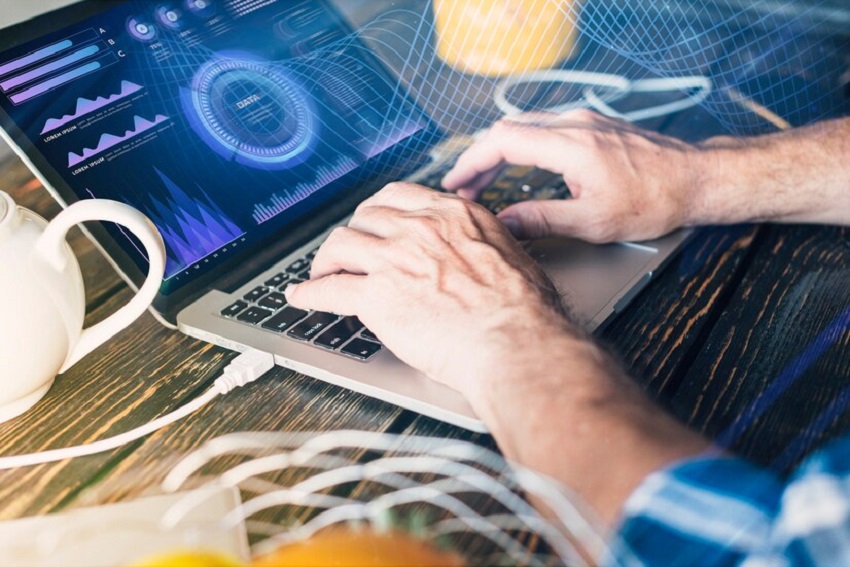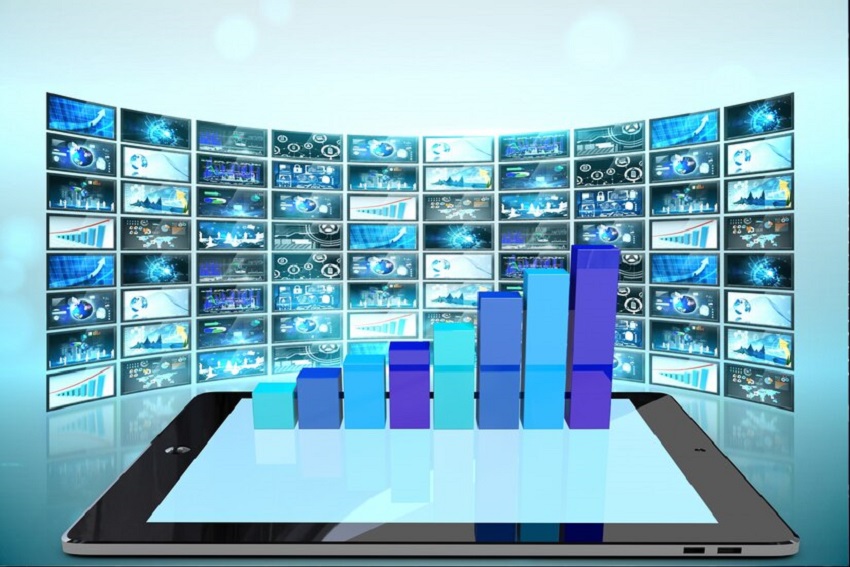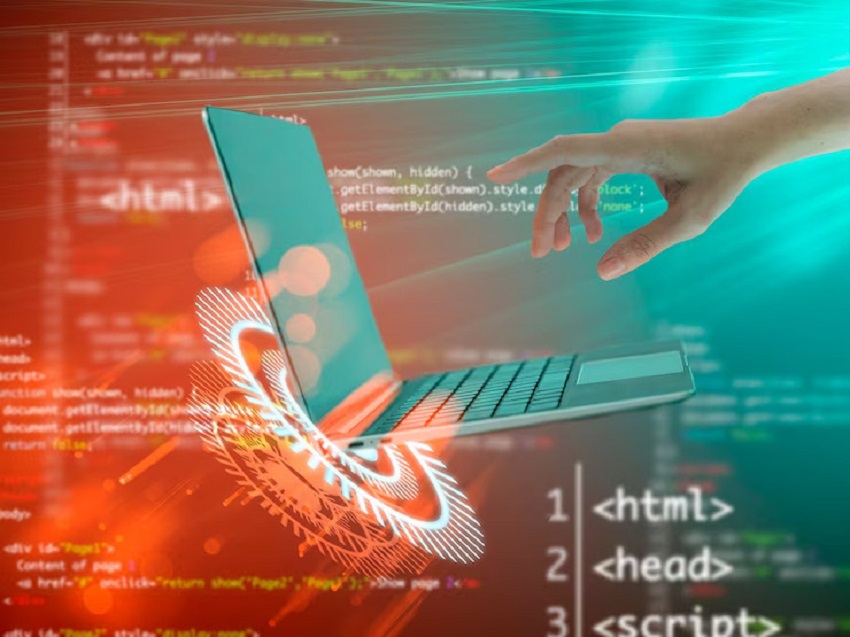In the ever-evolving landscape of technology, it’s the binary digits, 0s and 1s, that form the bedrock of modern computing systems. From the simplest electronic circuits to the most powerful supercomputers, the concept of representing data using only two states has revolutionized the world. In this article, we delve into the significance of 0s and 1s in computing nyt, exploring their role in digital representation, data processing, and the future of technology.
0s and 1s in computing NYT: The Binary Number System
Understanding the Binary System
Before we can comprehend the importance of 0s and 1s in computing, we must first grasp the fundamentals of the binary number system. Unlike the decimal system we use in our daily lives, which is based on powers of 10, the binary system relies on powers of 2. This means that each digit in a binary number can have only two values: 0 or 1.
Binary Digits: 0s and 1s
The binary system represents numbers using a combination of 0s and 1s. Each digit in a binary number is called a bit, short for “binary digit.” These bits are the building blocks of all digital data and provide the foundation for computing.
The Importance of 0s and 1s in Computing
Digital Representation
At the core of computing lies the concept of digital representation, where all types of information, including numbers, text, images, and sounds, are encoded as sequences of 0s and 1s. This binary representation enables computers to store, process, and transmit data in a consistent and efficient manner.
Data Storage and Processing
The ability to store and manipulate vast amounts of data is a cornerstone of modern computing. With the binary system, computers can represent data in binary code, a system where numbers, characters, and other information are encoded using combinations of 0s and 1s. This binary code is then stored in various types of memory, such as hard drives, solid-state drives (SSDs), and RAM, enabling quick and reliable access to information.
How Computers Use 0s and 1s
Binary Code
Computers utilize binary code to represent and process data. Each binary digit (bit) can represent two distinct states: off (0) or on (1). By combining multiple bits, computers can represent larger numbers and more complex information. For example, eight bits, commonly referred to as a byte, can represent values from 0 to 1. This binary representation allows computers to perform arithmetic operations, manipulate data, and execute instructions.
Logic Gates and Boolean Operations
0s and 1s are also fundamental to the operation of logic gates, which form the building blocks of digital circuits. Logic gates perform Boolean operations, such as AND, OR, and NOT, by evaluating combinations of 0s and 1s. These operations are the basis for decision-making and data processing in computers, enabling the execution of complex tasks.
ASCII and Unicode: Character Encoding
Representing Characters with 0s and 1s
In addition to numbers, computers also need to represent characters. This is achieved through character encoding systems, such as ASCII (American Standard Code for Information Interchange) and Unicode. These systems assign unique binary codes to each character, allowing computers to display and manipulate text.
ASCII and Extended ASCII
Originally developed in the 1960s, ASCII is a widely used character encoding scheme that represents characters using 7 bits, providing a total of 128 possible characters. Extended ASCII extends this to 8 bits, allowing for an additional 128 characters. This encoding system enables computers to handle basic alphanumeric characters and a limited set of symbols.
Unicode and International Character Sets
With the global nature of communication and the need for multilingual support, Unicode was introduced to provide a comprehensive character encoding standard. Unicode assigns unique binary codes to characters from various writing systems, including Latin, Cyrillic, Chinese, Arabic, and many others. This enables seamless representation and exchange of text in different languages, making the digital world more inclusive.
Binary Operations and Data Manipulation
Bitwise Operations
Bitwise operations involve manipulating individual bits within binary data. These operations, such as AND, OR, XOR (exclusive OR), and shifting, allow computers to extract specific information, combine data, or perform advanced calculations at the binary level. Bitwise operations are crucial in areas such as data compression, cryptography, and low-level system programming.
Binary Arithmetic
Computers can perform arithmetic operations on binary numbers, including addition, subtraction, multiplication, and division. These operations are executed using specialized algorithms and logic circuits, providing the foundation for numerical calculations in computing systems. Binary arithmetic plays a vital role in areas such as computer graphics, encryption algorithms, and signal processing.
Data Compression and Encryption
The compactness and efficiency of binary representation make it suitable for data compression techniques. By leveraging patterns and redundancies within binary data, compression algorithms can reduce file sizes, optimize storage, and improve data transmission speeds. Encryption algorithms, on the other hand, use complex binary manipulations to secure data and protect privacy in various digital communication channels.
The Evolution of Computing: From 0s and 1s to Advanced Technologies
Moore’s Law and Miniaturization
Over the decades, advancements in technology have led to the miniaturization of computing components. Moore’s Law, an observation made by Gordon Moore in 1965, states that the number of transistors on a microchip doubles approximately every two years, leading to exponential growth in computing power. This continuous scaling down of electronic components has fueled the development of smaller, faster, and more powerful devices.
Quantum Computing
While traditional binary computing has its limitations, quantum computing explores the realm of quantum mechanics to process information differently. Quantum computers use quantum bits, or qubits, which can represent multiple states simultaneously, thanks to a property called superposition. This allows quantum computers to solve certain problems exponentially faster than classical computers, opening up new possibilities in fields such as cryptography, optimization, and scientific simulations.
Challenges and Limitations of Binary Computing
Error Handling and Redundancy
In the digital world, errors can occur due to various factors, including hardware failures or transmission issues. To ensure data integrity, binary computing systems employ error handling techniques and redundancy mechanisms. Error detection and correction codes, such as parity checks and cyclic redundancy checks (CRC), help identify and fix errors in transmitted or stored data. Redundancy measures, such as backup systems and RAID (Redundant Array of Independent Disks), provide additional data protection by duplicating or distributing data across multiple storage devices.
Bit Flips and Data Corruption
Even with error detection and correction mechanisms in place, bit flips can still occur due to various factors, including cosmic radiation, electrical interference, or aging of hardware components. These bit flips can lead to data corruption, resulting in incorrect computations or data loss. To mitigate this risk, advanced error correction techniques and fault-tolerant designs are employed in critical systems, such as aerospace or medical applications.
Conclusion
The humble 0s and 1s in computing hold immense significance in the digital world. From their role in binary representation and data storage to their utilization in logic operations and character encoding, 0s and 1s form the foundation of modern computing systems. They have enabled the development of powerful computers, efficient data processing algorithms, and advanced technologies like quantum computing. However, challenges such as error handling and data corruption remind us of the complexities involved in maintaining the integrity of binary data. As technology continues to evolve, it is fascinating to witness how the interplay of 0s and 1s shapes the digital landscape, driving innovation and transforming the way we live and interact with the world.




